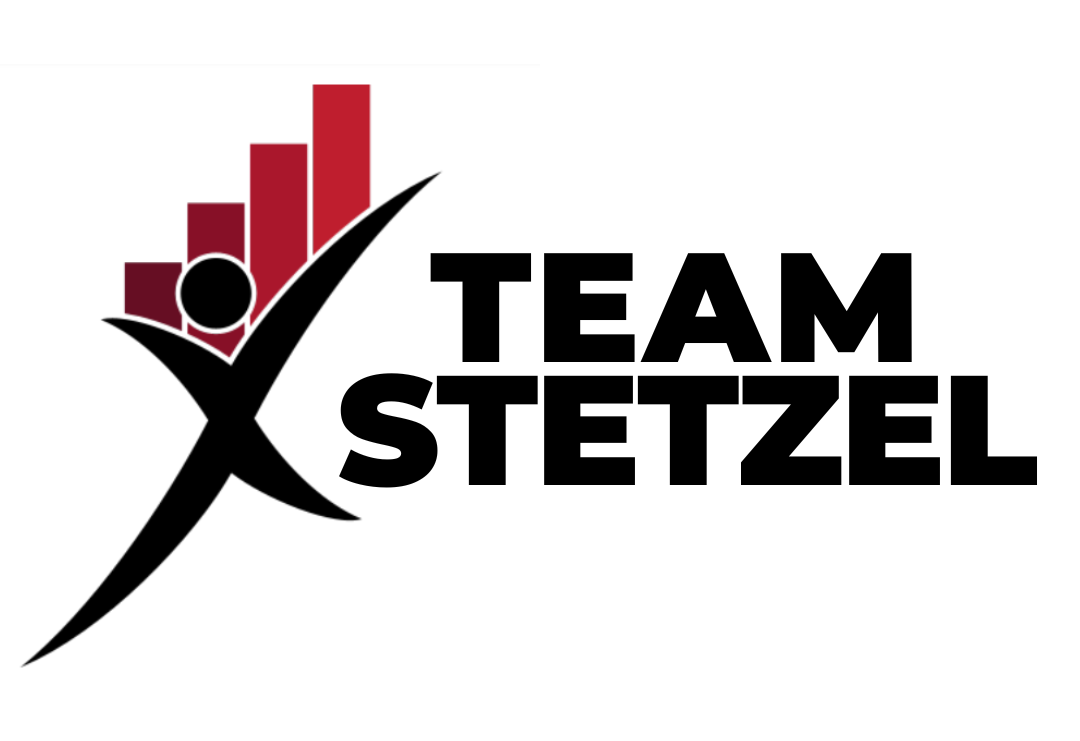The world changed when the pandemic came crashing in, especially in terms of the office setting. With everyone being forced into working from home due to the worldwide lockdown, businesses and even large companies had their eyes opened to just how much can be done remotely with modern frameworks and the internet. But did that last? Let’s take a look and discuss the various options of the team structure to help determine what’s best for you and your business/company.
Team Structure & Remote Teams
What does the team structure look like, as well as the various options?
Office teams are decreasing in popularity with some
Across the board, office teams that have been solely in-office or on-site have dropped in popularity. While some sectors still require in-office settings, many are trying to make sense of what they learned during the work-from-home time period and look at other alternatives, the one that’s best for their company.
Office teams are managed as they would have been throughout time, using staff meetings and in-person conversations to get a feel for what is working and what isn’t. Even with modern technology helping, much of the office team management is still in-person.
Remote/Virtual work is no joke
Another popular choice for teams is remote or virtual teams. It could be local employees working from home or via their local coffee shop, etc. It also could be an in-office team combined with virtual workers who are anywhere and everywhere in the world.
These teams are managed through a combination of in-person management (similar to above) and then using software to track hours, productivity, etc., for both virtual and in-office workers. In this kind of structure, there needs to be open communication to know who is responsible for what, and each member needs to prioritize communication with each member of the team. Keep in mind, that while flexibility is high, the responsibility is still there and some sort of team communication needs to set and established. Rules and schedules should still be set to know who’s “in the office” when and when folks are working so the business continues to run flawlessly.
Hybrid is the new normal
The modern office may be more typically run like a hybrid set-up. This often takes the form of having a set amount of days working from the office and another set amount of days working from home. These employees essentially have a duplicate office at home and at work, including resources, technology, etc. While this seems like it could be ideal, consider the technology licenses are now doubled (one at office computer, one at home, unless the employee transports that device to/from but then this opens up other liabilities), there may be also tech challenges, less communication unless established well from the beginning, new security issues and more. So, it is essential to set standards and review everything before making a permanent go of it.
These teams are best managed using time-logging technology that allows management to track data such as hours logged, productivity levels, etc. This is a true blend between remote work and in-office work for management and communication.
Which team is best?
When studies were conducted on work-from-home productivity levels, remote workers were more productive than strict, office-working employees. However, remote workers also had difficulty managing work-life balance. Some people just aren’t meant to be able to work from home as they may require assistance for their job or they need the human interaction, to needing a little extra prodding to get things done. Some companies aren’t mean for remote employees like say a restaurant as someone has to do the work in house.
A hybrid team blends the good of remote work with the equal good of in-office management and time structures. A must is to prioritize communication while still providing ample room and “freedom” and autonomy as long as the productivity still remains for each employee — since it never looks quite the same for each employee.
At the end of the day, choosing which type of team you want and which management style to go with is going to depend on your goals for your teams, your business and what it will allow. It also depends on what your different departments are and how they need to interact with each other for smooth operations. Regardless of your sector, it’s fascinating to see that remote, virtual, hybrid and in-office teams are all possibilities that you can use to your advantage with the right management in place. Should you need assistance determining whether your leadership is set up for success with the various types of working solutions, or you need a set of eyes to take a look in, a business coach is a great option to help with your solution. Contact Team Stetzel for your accountability coach and partner.



